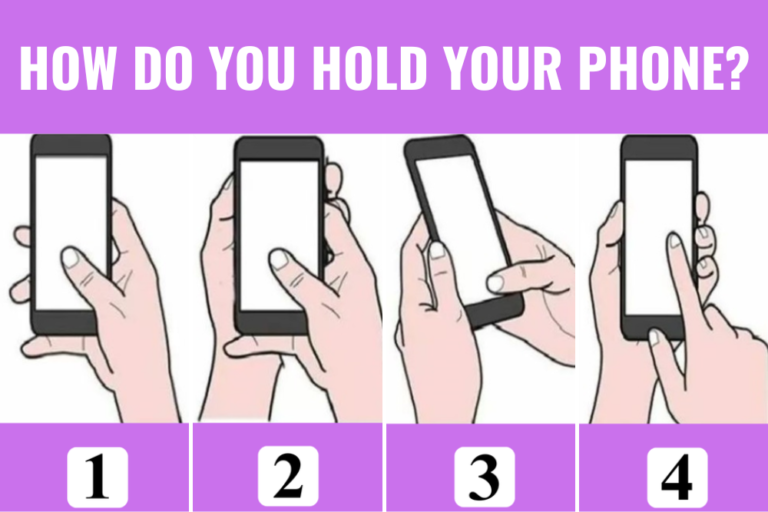Nearly 90% of Drivers Think LED Headlights Are Too Bright and Pose Risks to Other Drivers & Pedestrians
LED headlights have become a defining feature of modern vehicles. Their energy efficiency and sleek design make them a favorite for manufacturers and drivers alike. However, the rise of these ultra-bright lights comes with growing concerns. Research indicates that 89% of drivers believe LED headlights are too bright, potentially endangering fellow road users.
There’s no denying the advantages LEDs bring to the table. They offer longer lifespans, reduced energy consumption, and a focused beam that enhances driver visibility. But their high intensity raises questions about whether they contribute to road safety or pose a threat.

Why LED Headlights Dominate Modern Vehicles
The move from traditional halogen bulbs to LED headlights marks a significant shift in automotive technology. This evolution wasn’t just about aesthetics. LEDs are incredibly energy-efficient, converting electricity into light far more effectively than their predecessors. Their environmentally friendly footprint is just one of many reasons for their rapid adoption.
LEDs produce a brighter, more natural light that mimics daylight. This makes it easier for drivers to spot hazards, read signs, and navigate poorly illuminated areas. Their focused beams, however, tend to shine at higher angles, which can inadvertently cause issues for oncoming traffic.
The Brightness Dilemma
The complaint that LED headlights are “too bright” isn’t without merit. While their enhanced brightness boosts visibility for the driver, it can create significant glare for others. This glare is especially evident on two-lane roads, where oncoming traffic is in closer proximity.

Adding to the issue is the blue-rich light often emitted by LEDs. Studies indicate that blue-tinted light scatters more within the human eye, causing discomfort and even momentary blindness for those facing it. This color temperature, while great for the driver, can be a harsh and overwhelming experience for others on the road.
Potential Safety Risks
One of the most pressing safety concerns surrounding ultra-bright lights is “disability glare.” This occurs when a bright light temporarily blinds a driver, reducing their ability to adjust to the sudden change in brightness. These moments of disorientation are particularly dangerous on narrow or busy roads where reaction time is critical.
The risk escalates during poor weather conditions. Rain or fog can amplify the glare, reflecting more light into drivers’ eyes and worsening visibility. Cyclists and pedestrians are also at a disadvantage, as excessively bright headlights can obscure them, making them harder to notice at night.
Expert Opinions and Proposed Solutions
Experts have raised alarms over the risks these headlights pose, especially to older drivers. Aging eyes take longer to recover from glare, which increases the likelihood of accidents. Misaligned or improperly installed LED headlights add another layer of danger. Allan Bugos, an expert in automotive lighting, suggests that “regular headlight alignment checks” during vehicle inspections could mitigate these risks.
Solutions, however, extend beyond regulation. Driver-specific aids like anti-glare glasses can help reduce the discomfort caused by bright headlights. Here are several tips to help you stay in control and safeguard your vision when navigating roads with ultra-bright headlights:
1. Adjust Your Mirrors for Clarity
A simple adjustment of your vehicle’s mirrors can minimize the impact of bright lights from cars behind you. Most rearview mirrors have an anti-glare or night mode, which reduces the intensity of the reflection. If you haven’t already, make it a habit to use this feature during nighttime drives. Also, ensure your side mirrors are angled properly to avoid reflecting excessive glare into your eyes.
2. Use Road Markings as Your Guide
When an oncoming vehicle’s lights feel overwhelmingly bright, avoid looking directly at them. Instead, focus on the road’s sideline markings, such as the white or yellow edges. This strategy can help you maintain your lane and keep your eyes protected until the other vehicle passes.
3. Clean Your Windshield Regularly
Do not underestimate the importance of a clean windshield! Dust, dirt, or streaks on the glass can amplify glare, making it even harder to see clearly. Regularly clean both the inside and outside of your windshield and check your wiper blades for wear—replacing them if necessary.
4. Consider Anti-Glare Glasses
For drivers who are more sensitive to harsh LED lights, anti-glare glasses can be a solution. These glasses are specifically designed to filter out excessive brightness without diminishing visibility. Make sure to choose glasses that preserve color clarity and provide optimal visual comfort.
5. Ensure Your Headlights Are Properly Adjusted
It’s not just other drivers causing glare—you might unknowingly contribute to the problem. Verify that your headlights are properly aimed so they illuminate the road without dazzling others. Consult your car’s manual or a professional if adjustments are needed. For added safety, consider using your fog lights together with regular headlights, as fog lights disperse light at a lower angle, making it more comfortable for oncoming drivers.
6. Maintain a Safe Following Distance
Bright LED taillights from the vehicle in front of you can also be distracting. Increase the distance between your car and the one in front to reduce the intensity of the lights in your field of vision. This also provides extra reaction time in case the car ahead makes a sudden stop.
By taking these precautions, you’ll not only reduce the impact of ultra-bright headlights but also contribute to safer and more pleasant driving conditions for everyone sharing the road. Safe travels!
Looking Forward
LED headlights undoubtedly represent a leap forward in automotive technology. Their efficiency, longevity, and improved illumination are hard to overlook. But as they illuminate the road ahead for drivers, they shouldn’t overshadow the need for safety.
Ensuring LEDs benefit all road users—drivers, pedestrians, and cyclists—requires a balanced approach. Between regulatory oversight, improved technology, and individual precautions, there’s a path to making our roads better lit and safer for everyone.






